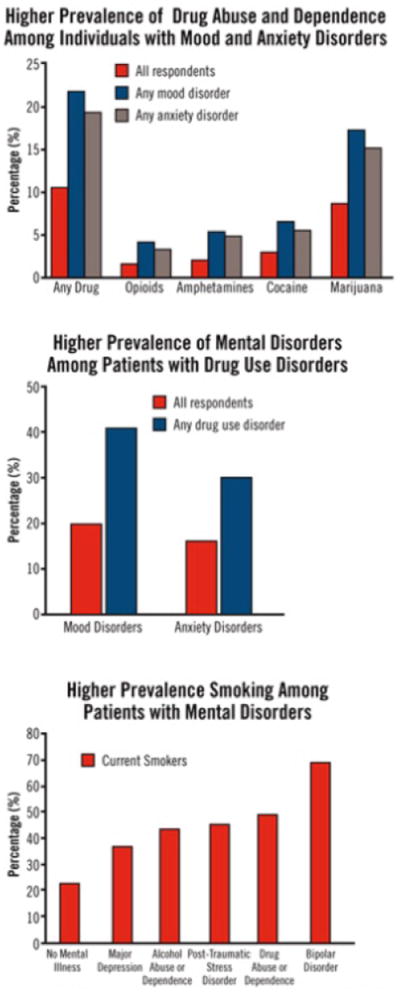Figure 1. OVERLAPPING CONDITIONS: SHARED VULNERABILITY2.

Because mood disorders increase vulnerability to drug abuse and addiction, the diagnosis and treatment of the mood disorder can reduce the risk of subsequent drug abuse. Because the inverse may also be true, the diagnosis and treatment of drug use disorders may reduce the risk of developing other mental illnesses, and if they do occur, lessen their severity or make them more amenable to effective treatment. Finally, >40% of the cigarettes smoked in the United States are smoked by individuals with a psychiatric disorder, such as major depressive disorder, alcoholism, posttraumatic stress disorder, schizophrenia, or bipolar disorder. Smoking by patients with mental illness contributes greatly to their increased morbidity and mortality.
Comorbidity: Addiction and Other Mental Illnesses. Research Report Series. US Department of Health and Human Services. National Institute of Health. National Institute on Drug Abuse. December 2008. NIH publication 08-5771. Reprinted with permission from the National Institute on Drug Abuse. Copyright 2008.
